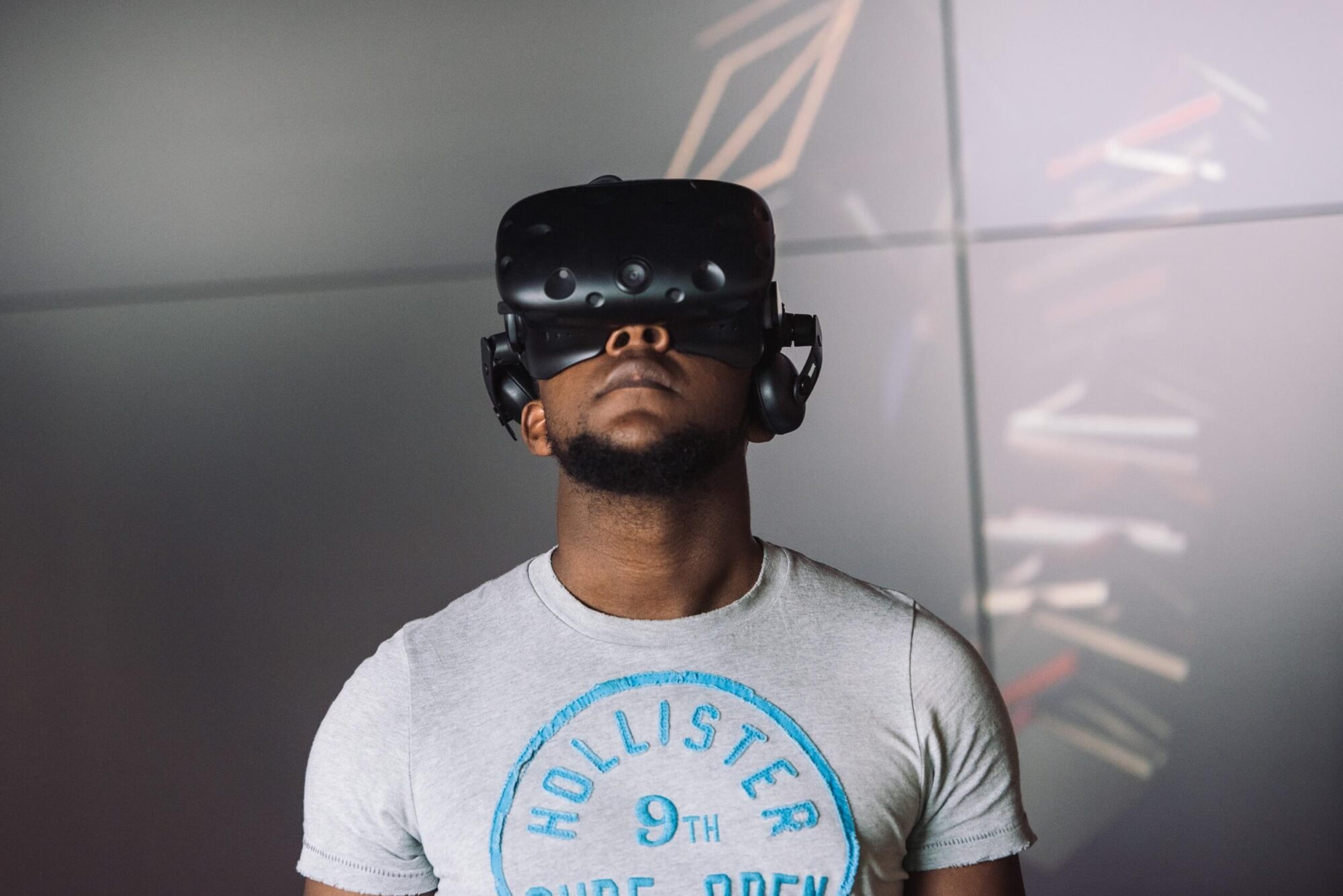The ethics of realism in virtual and augmented reality
Posted 1 Jul 2020
Digital Catapult has collaborated with leading figures and academics from across the global immersive ecosystem to explore a range of interesting and important ethical questions about virtual and augmented reality.
The golden rule of reciprocity (“treat others as you would have them treat you”) is present in most philosophical traditions and religions, and can be thought of as a fundamental human moral imperative. The first and most positive aspect of virtual reality (VR) is that it is possible to give people the experience of the golden rule in operation.
The potential of virtual reality
VR enables users to have myriad possible experiences from a first-person perspective. Thanks to this, VR has become increasingly used for therapeutic purposes including pain management and treatment of phobias and anxiety disorders. The therapeutic potential in other realms has already been experimentally tested, such as for physical rehabilitation and for the assessment of symptoms and neurocognitive deficits in people experiencing or at risk of psychosis. Its use for training purposes in several areas including military, medicine, surgery, and disaster response, among others, is also gaining popularity. All these advantages rely on the extent to which the experience is perceived as real. It is reasonable to imagine that more realism in these VR scenarios increases their effectiveness.
The potential of augmented reality
In augmented reality (AR), virtual features are added to the real environment through some sort of device and the information presented often requires the actual location of the user. With AR, one can also visualise a product before purchasing it—even try it on virtually—or see relevant information on the car windshield. AR also offers a huge value for companies that employ it for marketing aims. Similar to VR, augmenting the realism of AR technology is likely to boost its impact.
In addition, VR and AR (XR) systems can be employed for data visualisation, for industrial design in architecture and urban planning and, naturally, for entertainment—the gaming industry has enormous potential in this field. Moreover, it is commonplace today to be able to have a conversation in a virtual (VR) or real (AR) space with another person who is physically somewhere else but whose virtual representation is in that same space, which eventually might reduce the need to travel for meetings.
Despite all the benefits, however, XR technology also raises a host of interesting and important ethical questions of which readers should be aware.
The paper was authored by:
- Mel Slater, Department of Clinical Psychology and Psychobiology, University of Barcelona; Institute of Neurosciences, University of Barcelona; Immersive Fellow, Digital Catapult
- Cristina Gonzalez-Liencres, Digital Catapult
- Patrick Haggard, Institute of Cognitive Neuroscience, University College London
- Charlotte Vinkers, Magic Leap
- Rebecca Gregory-Clarke, Digital Catapult
- Steve Jelley, Dimension – Hammerhead VR
- Zillah Watson, BBC
- Graham Breen, HTC Vive
- Raz Schwarz, Facebook AR/VR
- William Steptoe, Facebook AR/VR
- Dalila Szostak, Jigsaw
- Shivashankar Halan, Facebook AR/VR
- Deborah Fox, Nesta
- Jeremy Silver, Digital Catapult